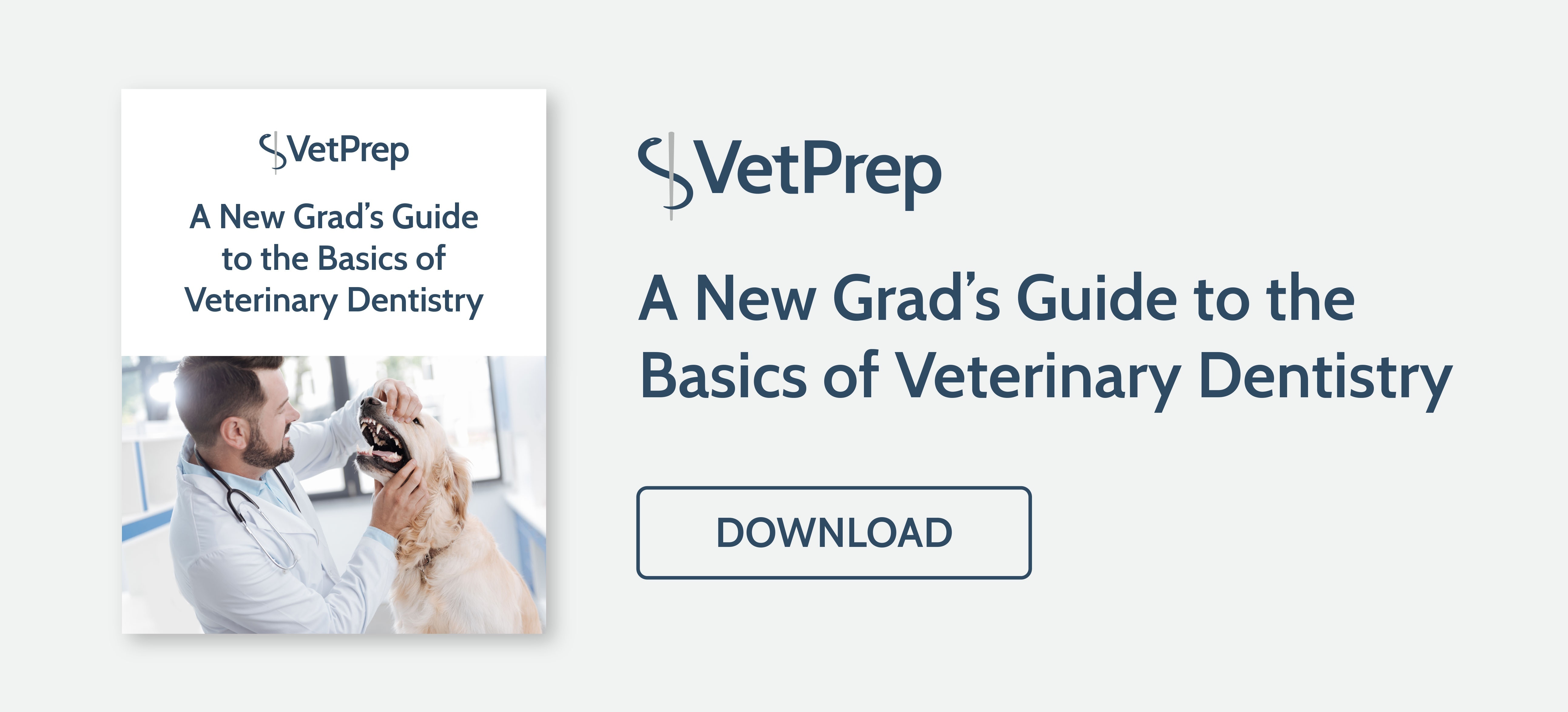
Though we often think of communication as something that people either come by “naturally” or not, that’s actually not the case. Communication is a skill that can be refined over time. That means the good news is: if you’re not a good communicator, you can get better at it! And the other good news is: if you are a good communicator, you can continue to improve! (1)
Communicating effectively can really benefit your patients. One study showed that “clear and thorough veterinarian communication with the client could ultimately increase compliance by as much as 40%.” (4)
Read below for some more specific tips for communicating about veterinary dentistry and comment if you have your own to share!
Do
Share your dental exam findings
-
When you’re performing your exam, remember to share your findings with the client. Lift up the pet’s lip, point out what you are evaluating in the oral cavity and what you recommend. They likely won’t know if there’s a concern and a solution unless you verbalize it!
-
Remember that some information is best presented visually. Use different tools and resources to communicate. Some possible examples include:
-
Dental models
-
Showing examples of dental x-rays
-
Videos about oral health
-
Charts about periodontal disease
- I remember back when I was a vet student, some of the tenets we were taught were that owners want to know a few basic things about your recommendations: what is it, how will it benefit my pet and how much will it cost? And as it would turn out - in clinical practice I figured out that they were absolutely right!
When communicating about veterinary dentistry, make sure to cover these key points to set them up for success. A discussion during a dental consultation should cover the following topics:
Explanation of dental disease and an overview of what a dental cleaning process includes from pre-op to post-op care
How does a professional dental cleaning help their pet’s oral and systemic health
An overview of the estimated costs and possible ways to finance a dental, if cost is a concern
Ideally, have this discussion with pet owners face-to-face, as this is more effective method of communication.(3)
Don’t
Use complicated terminology
-
Remember to simplify the the terminology you use when communicating about veterinary dentistry so that owners can understand and relate.(5) For example, instead of recommending a “dental prophylaxis,” try using the words, “professional dental cleaning”.
-
After being in this industry for the past 12 years, I am still amazed at how many owners bring their pet in for a concern of “bad breath” because they did not know their pet had periodontal disease. Don’t assume that people know that pets need home dental care as well as professional dental services - because not all of them do! Always communicate about dental health and answer any questions they may have.
Argue about pros/cons of dentistry
- With the rise of anesthesia-free dental cleanings came the controversy of the benefit of this service. My recommendation is to communicate your recommendations and then guide pet owners to the following resource where they can read more on this topic from veterinary dental experts.
References:
-
Baxter, Marina. “Can communication skills be taught?” Veterinary Practice News.
-
“Information for Pet Owners.” American Veterinary Dental College.
-
“How to Improve Veterinary-Client Communication at Your Practice.” LifeLearn.
-
Lue, T.W., Pantenburg, D.P., and Philip M. Crawford. “Impact of the owner-pet and client-veterinarian bond on the care that pets receive.”
-
Schuder, Karen. “The importance of communication skills in veterinary medicine.” VETgirl.



